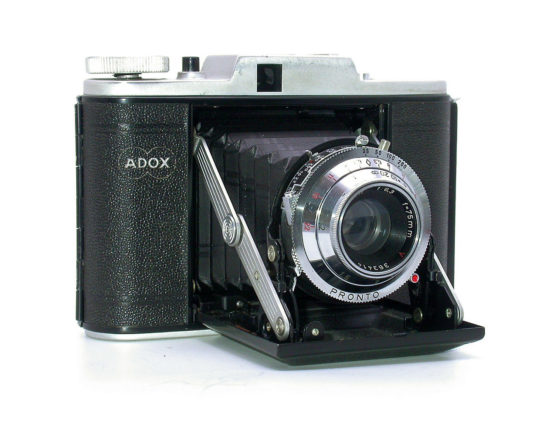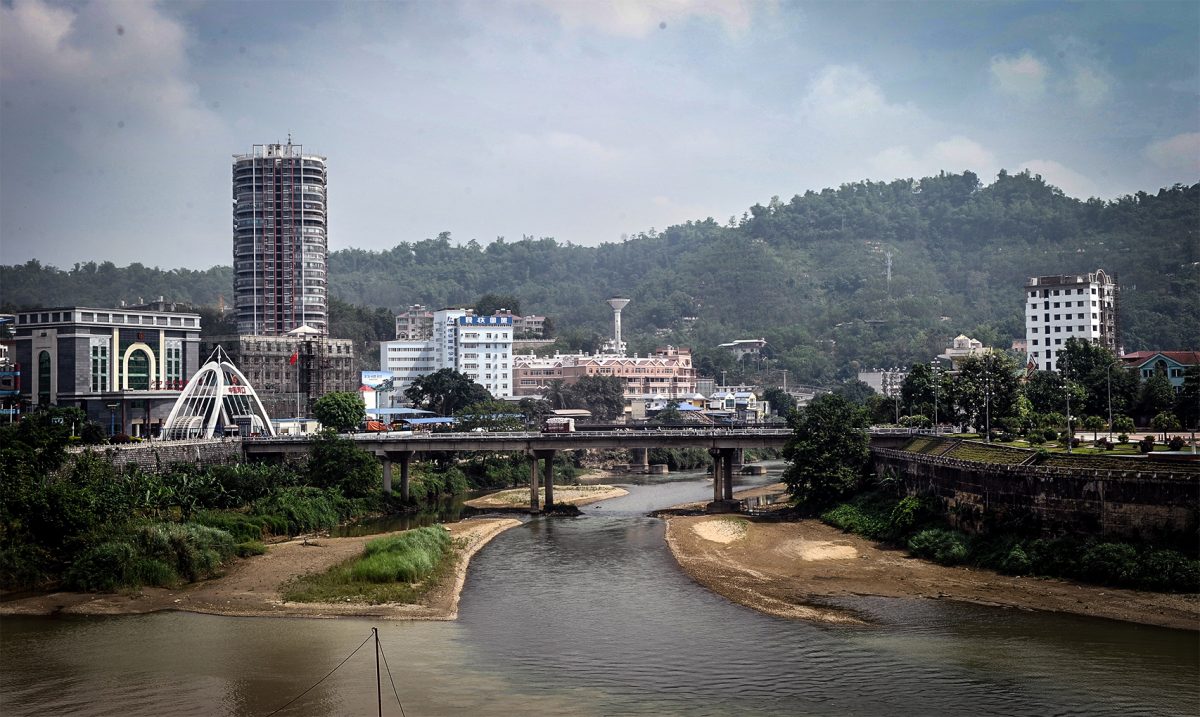

- #The space in between documentary las cruces march 2017 for free#
- #The space in between documentary las cruces march 2017 full#
Klein was a pioneer not only in fashion photography but in independent filmmaking and street photography and now, in his fusion of painting and photography.įor an excellent insight into the great Klein, view the full length (58:43) video below. He has lived in Paris since the 1960s and is still creating new work which is widely exhibited. He used telephoto lenses to shoot fashion before it became standard, he cranked his enlarger’s focusing knob back and forth to create a weird zoom look, he shot high fashion on the streets without permits and, most of all he always stayed rebellious, innovative and, well… different. 1928) and filmmaker noted for his ironic approach to both media and his extensive use of unusual photographic techniques in the context of photojournalism and fashion photography. William Klein is an American-born French photographer (b. Kids on there street, NYC, 1956, by William Klein Our article was a little more nuanced than the Atlantic piece and delved into the issue of cultural identity of the photographer (or writer or filmmaker) in shaping not only his/her viewpoint but how various ethnic subjects react to a photographer. He had settled after his WW 2 service in Austin, Texas, the same city as Sanchez’.

Lee, of course, was an FSA shooter of great renown and prestige (and later OWI/Office of War Information). Sanchez had created The Study of the Spanish-Speaking People of Texas project. Head at UT-Austin and one of the early Civil Rights warriors in LULAC (League of United Latin American Citizens). It focused on Russell Lee and his 1949 project shot for George I. Mary Lamonica) an article titled, “The Photographer as Cultural Outsider.” It’s title is: Whitewashing the Great Depression.įour years ago I co-authored (with my colleague Dr. The Atlantic Monthly just published an article about the FSA (Farm Security Administration) and how minority Americans (African-Americans and Latino Americans) were ignored by the FSA during its four year run. Of course -and this is NEVER supposed to be asked when discussing the iconic FSA project- should someone working for the government EVER be allowed to use their words or photographs to “make social commentary?” Isn’t that the realm of commentators in the news industry, i.e., non tax paid? Working for the United States government, Rothstein photographed Artelia Bendolph in Alabama, to illustrate the effects of the Bankhead-Jones Farm Tenancy Act of 1937. But, of overwhelming importance, of course, the implied comment and intention of the photograph.Īrthur Rothstein understood and believed in the power of photography to make social commentary. The slightly diagonal lines and the pattern they create. Juxtaposition of the printed rumpled paper against the real person, Black tones versus light tones, i.e., contrast. But the third effect is when you see both images together and recognize the irony.” - Arthur Rothstein on the photo

#The space in between documentary las cruces march 2017 for free#



 0 kommentar(er)
0 kommentar(er)
